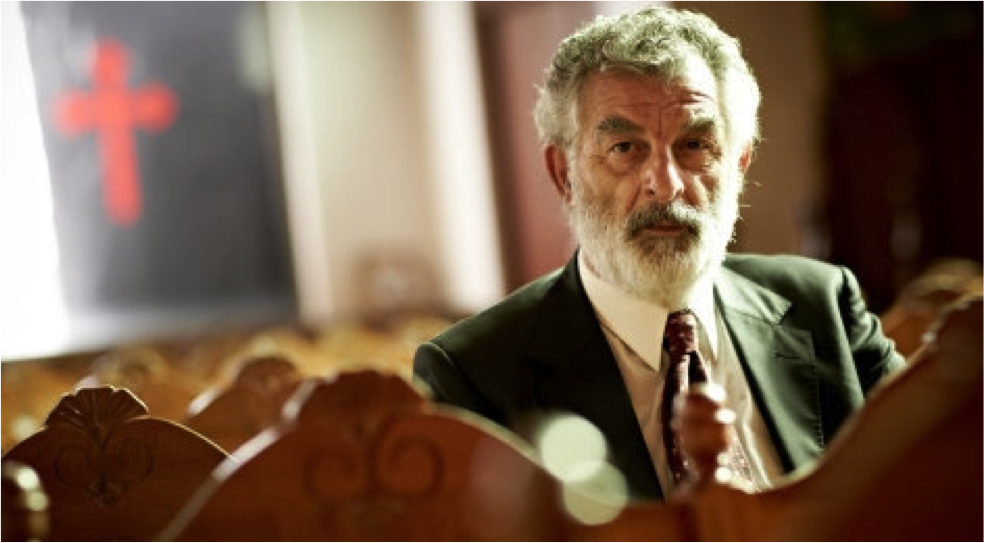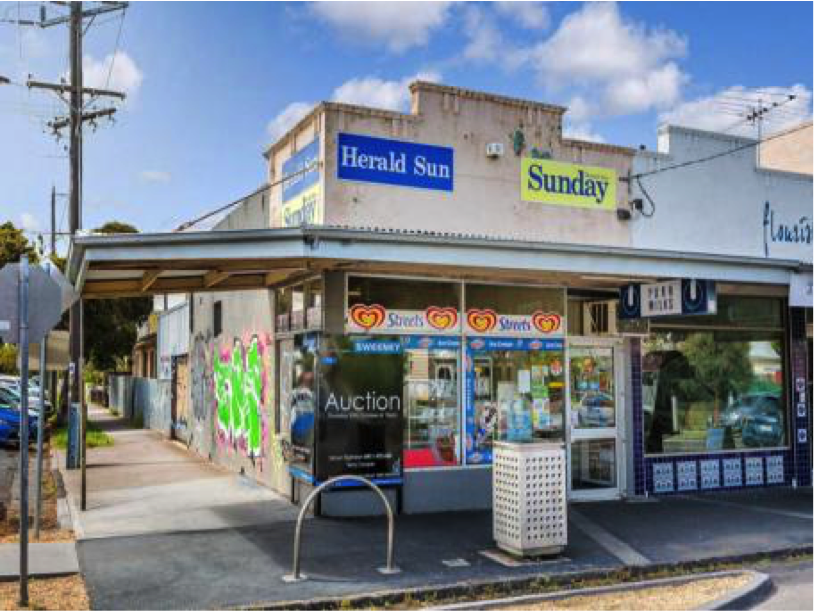Perhaps one of the biggest debates in the current media landscape in Australia is the decline in TV and prominence of online streaming (AKA Foxtel & Netflix). Even though Netflix was only introduced to Australia earlier in the year, its success with the Australian bingewatchers have skyrocketed. This was something the team felt we needed to address in our series pitch.
The series as a product can attract a wide range of audience, from teenagers to potentially the Baby Boomer generation. Coupled with a variety of different genres and Melbourne as the backdrop of the series, Absentia would be a series that would satisfy a majority of varied age brackets and classes of society. Essentially, with its non-linearity, Absentia is a binge series that would be suitable to a medium such as Netflix. The ability for consumers to watch as many episodes as they want in any order possible was crucial to our initial series conception, that people wish to watch a series wherever and whenever they like. If set against a realistic pitch, however, we didn’t want to potentially lose an older audience that may not have access to such medium.
So the team decided to indulge this in our pitch. We created two greatly varying opening sequences fit for TV and online streaming – one that was shorter and more dynamic, the other lengthier and detailed. Whereas our most polished opening sequence, set against a sprightly musical score, appeals to a younger audience with a shorter attention span, our experimental (and I confess more boring) alternative predicts visual settings of future episodes, akin to the Wachowskis’ Sense8 series.
Screening these at yesterday’s presentation, it was amusing to see that our classmates, as prototype to a younger audience, were more intrigued by the potency of the opening sequence for Netflix. A noted drop of interest occurred when the alternative (and longer) sequence was displayed, which goes to show that even though the latter had more substance, shorter attention spans must always be taken into consideration.




